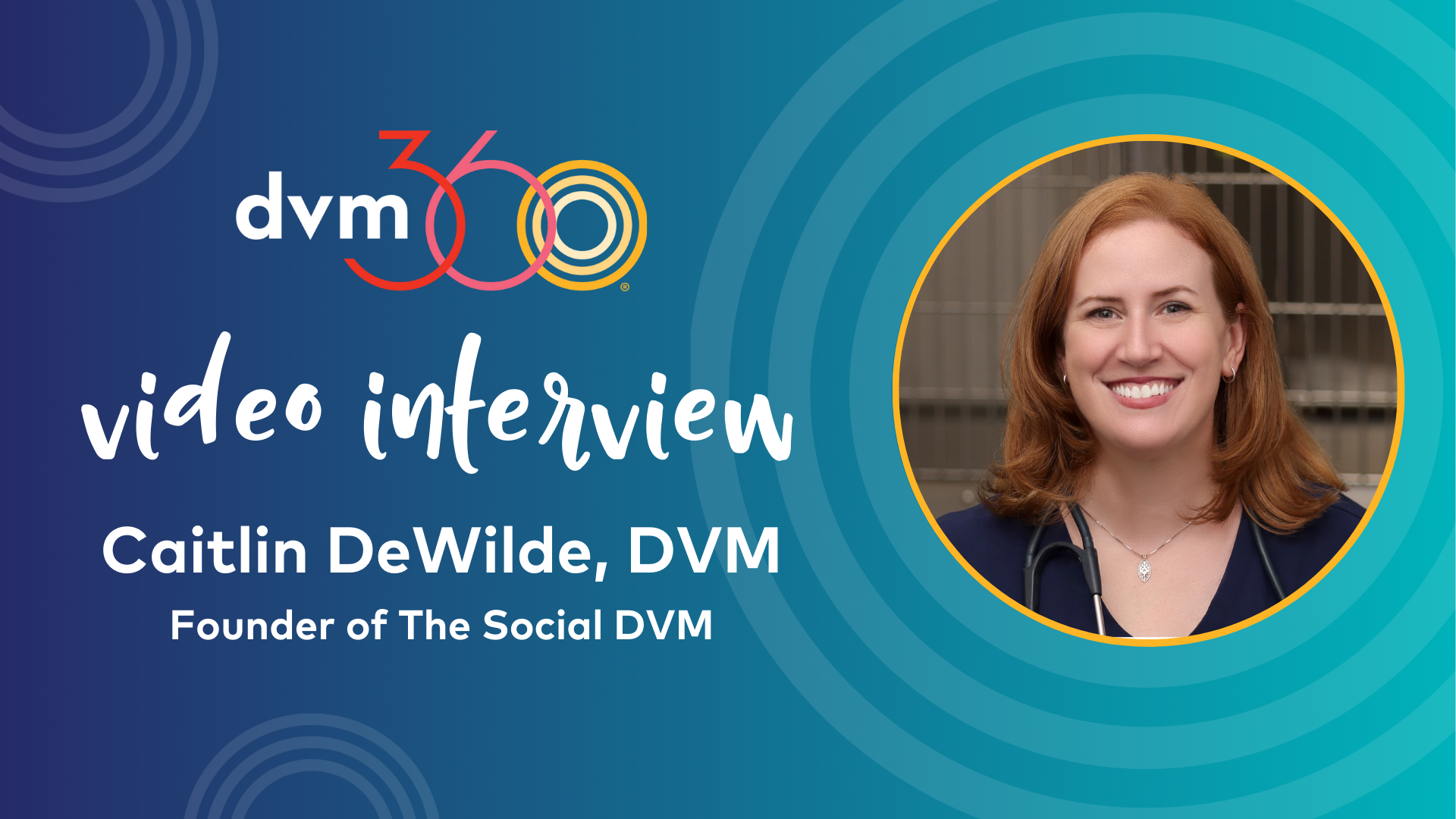Veterinary clients can't afford pet health insurance?
If you've never researched pet health insurance for veterinary clients, now might be a good time to start.
Meet Dr. Andrew Brighton—our new theoretical hospital owner—who's been working at the same veterinary practice for 30 years. As his small town in the Midwest grew, so did his practice. And with a bigger practice comes more clients—and more headaches.
The problem
In the past, Dr. Brighton has allowed clients to make multiple payments on services over time and as a result, his accounts receivable have grown too big. He also notices that a handful of his veterinary clients with pet health insurance have been providing the best care for their pets—and they've always paid their bill in full. He decides it's time to do some research.
According to a 2006 Veterinary Pet Insurance (VPI) study, he finds that clients with pet insurance schedule 40 percent more appointments, spend twice as much on veterinary care during their pet's lifetime and have 41 percent higher stop-treatment dollar amounts. The same survey found that 43 percent of respondents who didn't have pet insurance expressed an interest, but said that they didn't know their options or how to actually purchase the veterinary pet insurance.
The solution
Dr. Brighton decides to start on the following initiatives:
1 Reach out to clients who have pet insurance and get their thoughts on the insurance provider they use and the benefits they have seen. (See dvm360.com/insurance for a comparison package.)
2 Contact two or three of the companies and invite them to the practice to educate his team about their product.
3 Ask doctors and team members to recommend general pet insurance to veterinary clients during puppy, kitten and adult visits.
4 Educate clients about the proper questions to ask when considering a particular policy. (For a handout, see dvm360.com/insuranceQs.)
5 Offer to keep clients' claim forms on file and submit them on their behalf as an added-value service.
Most pet insurance companies require the client to pay the veterinarian in full and then get reimbursed after submitting a claim—Dr. Brighton intends to abide by this rule so he doesn't get into another accounts receivable nightmare. He's also decided to offer clients a third-party financing alternative. That way, clients can pay their bill at the time of service and then pay off their card as soon as they receive reimbursement from the insurance company.
Next month, we'll work on whittling down his pile of accounts receivable.
Dr. Karen Felsted, CPA, MS, CVPM, is the president of Felsted Veterinary Consulting. Jessica Goodman Lee, CVPM, joined Brakke Consulting in 2011.







